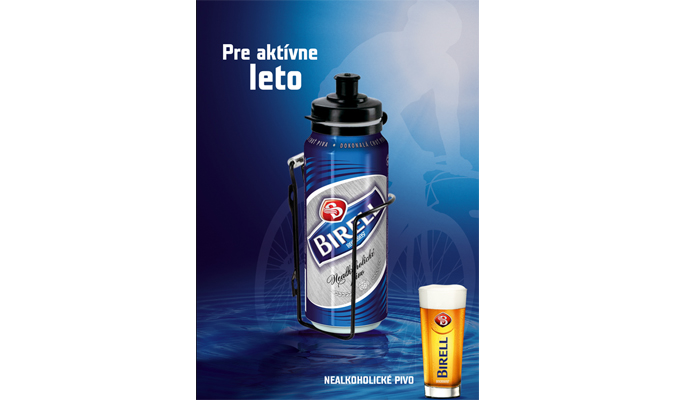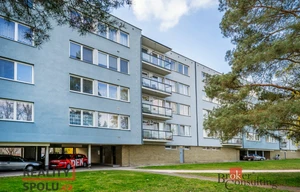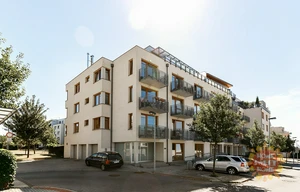Don’t like a weekday hangover? Considering giving up booze for lent (which began February 13, by the way)? Have you been designated the driver? These are just some of the reasons you might opt for the nonalcoholic variety of beer.
The Czech Republic first began developing ‘driver-friendly’ beers in the seventies, the first of which was called Pito, a combination of the words pivo (beer) and auto (car). As in most of the EU, these drinks, by law, can contain no more than 0.5 percent alcohol. Pito made it possible for Czech drivers to have a beer-like beverage and still comply with the zero tolerance driving laws in the Czech Republic.
Beers with little to no alcohol are very popular – and useful – in the Czech Republic. Penalties for driving with a blood alcohol content (BAC) above 0 and below 0.08 (0.8 in the Czech system, measured per thousand) consist of fines and the loss of driving license points. Driving with a BAC above 0.08 is a criminal offense. Sales of nonalcoholic beer have risen in the last few years, and nealkoholické pivo is readily available in nearly every pub, restaurant, and supermarket in the Czech Republic and can occasionally be found on draft.
You’ll find these normally labeled as nealko or nealkoholické pivo, and occasionally as ‘low-alcohol’ beer, ‘nonalcoholic’, ‘near-beer,’ or ‘alcohol-free.’
How it’s Made
Nonalcoholic beer begins its life as any other beer might. It is not until the end of the brewing process that an extra step is taken to remove the alcohol from the beer.
There are a few different methods to do this.
One option is vacuum distillation. Alcohol boils at 78.3ºC, lower than the boiling point of water, so it is possible to boil off the alcohol while retaining the beer base. Exposing beer to heat late in the brewing process will affect its flavor negatively, and this is why many nonalcoholic brewers decrease the barometric pressure. This ‘vacuum distillation’ allows alcohol to boil at a much lower temperature, while preserving more of the beer’s flavor.
Another method is reverse osmosis, the same used in water purification. In this process beer is sent through a filtration system in which only alcohol, water and a few acids can pass through. The alcohol is then distilled, while the water and acids are added back to the base mixture to create a nonalcoholic beer. Reverse osmosis does not require heat.
The well-known Birell brand from Radegast uses a special yeast that eliminates the need for extra steps in the brewing process. This yeast produces only a small amount of ethanol alcohol during fermentation. It first appeared in Switzerland in 1962 and was later brought to the Czech Republic in 1991 when Radegast began producing nonalcoholic beer for the Czech market. The first batch of Birell hit the shelves in 1992 and in 1999 Pilsner Urquell-SABmiller snatched up Radegast.

Birell is also marketed as an isotonic drink
The Good and the Bad
Pilsner Urquell estimates that two out of every three nonalcoholic beers carry the Birell label, making it the most consumed in the Czech Republic. Birell currently produces a nonalcoholic lime and raspberry flavored beer called Limetka & Malina, capitalizing on the radler trend (another low-alcohol drink that mixes beer and normally a citrus-flavored juice). This 0.25 percent alcoholic drink scored the lowest on my tasting list.
Nearly every major brewery in the Czech Republic makes at least one nonalcoholic beer, offering the consumer several options. Additionally, imported nealko beers are available. Yet, of the seventeen that I tasted, none were great.
My top five favorite were Vozka from Svijany, followed by Platan’s světlé, Deep from Pivovar Protivĺn (part of the Lobkowicz group), Maisel’s Weisse brewed by Brauerei Gebr in Germany, and lastly Sprinter’s světlé by Pivovar Náchod, more commonly known as Primátor. All contained between 0.4-0.5 percent alcohol.
My five least favorite, starting with the two worst, were Birell’s Limetka & Malina (0.25% alc.) and Beck’s Blue (0.05% alc.) from Beck’s Brewery in Germany. These two were essentially undrinkable. Next on the do not drink list are Staropramen’s světlé and Budvar’s světlé, followed by Neumarkter Lammsbräu’s alkoholfrei bio-biere.
Flavor wise, nonalcoholic beer, for me, always falls short. Sure, most of the flavor in beer comes from grain, hops, fermentation, and aging. But alcohol really ties a beer together. This is why I find nealko lacking not only in body but also aroma, and the flavor tends to be weak and absent of character. Nonalcoholic beers serve a specific purpose and serve it well, they just don’t stack up to the real thing.
A Quick Note
Gluten-free beer can also be found in the Czech Republic. One is Celia, a 4.5 percent alcohol beer from Pivovar Žatec, which you can find in the specialty beer shops around Prague, and is a fine beer. Neumarkter Lammsbräu from Germany makes both a gluten-free beer with alcohol and one without, both of which I found at Base Camp.
There is a much wider selection of nonalcoholic beer in the Czech Republic than I’m able to mention here. For example, Pivovar Bernard has an impressive, award winning lineup of alcohol-free beers. They produce a light beer, an amber, a plum, and a cherry-flavored beer.
Have I overlooked your favorite nealko? Let us know what you imbibe before getting behind the wheel.
Related articles












 Reading time: 4 minutes
Reading time: 4 minutes 























